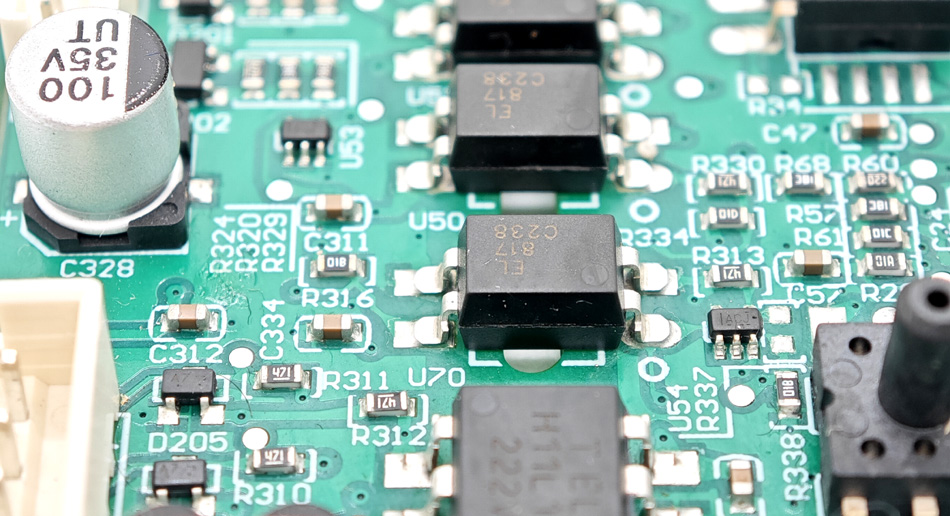- English
- Español
- Português
- русский
- Français
- 日本語
- Deutsch
- tiếng Việt
- Italiano
- Nederlands
- ภาษาไทย
- Polski
- 한국어
- Svenska
- magyar
- Malay
- বাংলা ভাষার
- Dansk
- Suomi
- हिन्दी
- Pilipino
- Türkçe
- Gaeilge
- العربية
- Indonesia
- Norsk
- تمل
- český
- ελληνικά
- український
- Javanese
- فارسی
- தமிழ்
- తెలుగు
- नेपाली
- Burmese
- български
- ລາວ
- Latine
- Қазақша
- Euskal
- Azərbaycan
- Slovenský jazyk
- Македонски
- Lietuvos
- Eesti Keel
- Română
- Slovenski
- मराठी
- Srpski језик
Analysis of soldering defects in PCBA processing
2024-08-06
Soldering is an indispensable part of PCBA processing. However, various soldering defects may occur during the soldering process, affecting the quality and stability of the circuit board. This article will analyze the soldering defects in PCBA processing, including soldering defect types, cause analysis, prevention and solutions.

1. Types of soldering defects
In PCBA processing, common types of soldering defects include:
Pseudo soldering: There is no solder on the surface of the solder joint or the amount of solder is insufficient, resulting in poor contact of the solder joint.
Soldering bubbles: Bubbles are generated during the soldering process, affecting the quality of the solder joint connection.
Misalignment: The position of the solder joint does not match the design, resulting in connection errors or short circuits.
Over-soldering: Overheating during soldering causes excessive melting or carbonization of the solder joint.
Cold soldering: Insufficient soldering temperature causes the solder joint to not be completely melted or the bonding is not firm.
2. Cause analysis
The causes of soldering defects mainly include the following points:
Improper soldering temperature: Too high or too low soldering temperature will cause soldering defects, and the soldering temperature needs to be controlled.
soldering time is too long or too short: soldering time is too long, which will cause the solder joint to melt excessively, and time is too short, which will not completely melt the solder joint, which will affect the soldering quality.
Solder quality problems: using poor quality solder or improper solder storage will also cause soldering defects.
Unreasonable soldering process: Improper process parameter setting or improper operation will affect soldering quality.
Environmental factors: Environmental temperature, humidity and other factors will also affect soldering quality.
3. Prevention and solution methods
In order to prevent and solve soldering defects, the following measures can be taken:
3.1 Control soldering parameters
Reasonably set soldering temperature, time, pressure and other parameters to ensure stable and reliable soldering process.
3.2 Use high-quality materials
Choose high-quality solder and soldering tools to ensure reliable soldering quality.
3.3 Enhance operating specifications
Strengthen employee training, improve operating specifications, and reduce the impact of human factors on soldering quality.
3.4 Regularly check equipment
Regularly check and maintain soldering equipment to ensure that the equipment is in good working condition.
3.5 Strengthen quality control
Establish a complete quality control system to strictly monitor and inspect the soldering process.
Conclusion
Soldering defects are common quality problems in PCBA processing. Through the analysis of soldering defect types, causes, prevention and solutions, the soldering quality can be effectively improved to ensure the reliability and stability of the circuit board. Strengthening the management and control of soldering processes, training technicians' professional capabilities, and improving the quality control system will help promote the PCBA processing industry to develop in a more stable and reliable direction.
-
Delivery Service






-
Payment Options









